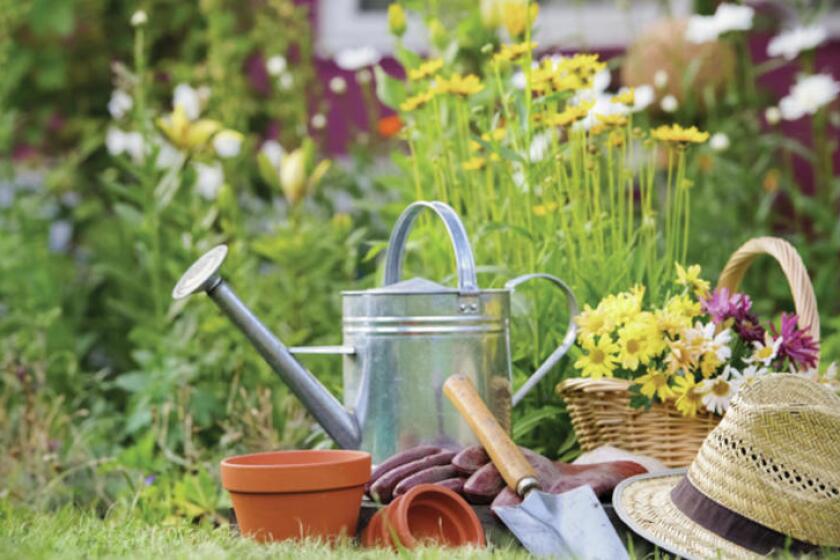Every winter, when the new seed catalogs arrive in the mail, we all get excited, thinking about and planning what to plant in the spring. But how to decide what to order when there are so many options?
Luckily, the University of Minnesota Extension Service has the answer.
ADVERTISEMENT
Every year, Master Gardener Volunteers from all around Minnesota participate in seed trials, where we grow up to six varieties of specified herbs, flowers or vegetables. We collect data on each variety and rate them. The data is collected and analyzed, and the top variety is chosen based on the data from around the state.
Here's a behind the scenes glimpse of what we do as seed trialers.
In February, Master Gardener Volunteers got an email letting us know what plants will be trialed, giving us an opportunity to sign up for up to six different plants to trial.
We’re informed of what each trial will involve — like how much garden space we will need, if the plants need to be started indoors, or any other special instructions — to help us decide what we want to trial.
For example, I’m trialing orange cauliflower this year. Four varieties of orange cauliflower were chosen by the seed trial committee; everyone trialing orange cauliflower will plant the same four varieties.
Master Gardener Volunteers gather to count out a pre-determined number of seeds of each variety and put them in tiny envelopes, marked with the type of plant and number of seeds. The fun part is that we don’t know the name of the variety — they’re coded so they are “blind” trials.
The seeds are mailed to us in March, along with data sheets and instructions for planting. We were instructed to start the orange cauliflower indoors under grow lights, when and how to harden off the plants before planting, and when to plant out in the garden.
ADVERTISEMENT
By then, we have already started collecting data such as how many seeds we planted, how many were alive at three weeks after planting, and when we planted them outdoors.
We also have access to a monthly Zoom session where we can ask questions of the Seed Trials Team to help us keep our plants healthy. We aim to collect data on at least two plants of each variety.
We will also collect data on the date of first harvest, amount of the head that was edible, size of the head, raw and cooked flavor, raw and cooked color, if there were edible side sprouts, pest or disease damage, and whether we would grow the variety again. Then we rank each variety and choose our overall favorite.
When our trial is finished, we enter all our data online and send in our data sheets.
After hundreds of trialers data is collated, it's published on the Extension Service Seed Trials webpage: .
The data goes all the way back to 1982.
Besides the “winning varieties,” all the varieties trialed for each year are listed from the “favorite” to “least favorite” to make your choice easier.
ADVERTISEMENT
So, this winter when you’re debating on what variety of orange cauliflower — or just about any other herb, flower or vegetable — to plant in the spring of 2026, check out the Seed Trials webpage.
These local garden articles will reach you each week throughout the gardening season, but gardening information can be found year-round by clicking on "Yard and Garden" at the University of Minnesota Extension website, or by visiting our Facebook page at
Local Master Gardeners will respond to questions via voicemail. Call (218) 444-7916, and leave your name, number and question.








